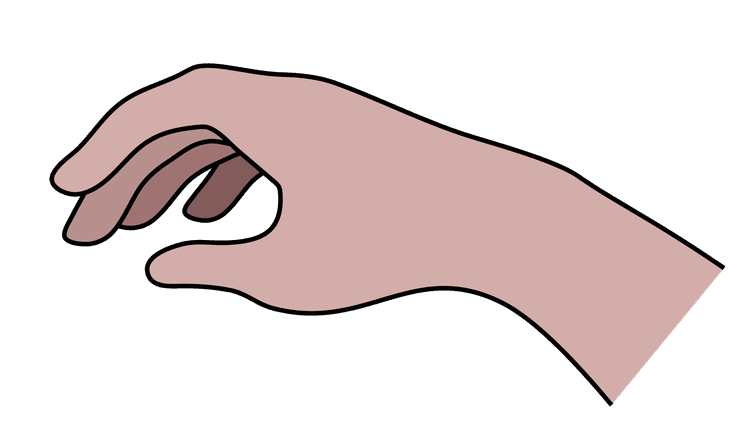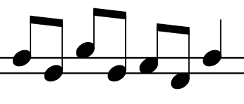Myths about teaching can hold you back
- Year 5
Minor melodies and the minor pentachord
I can read, sing and play the minor pentachord and know it uses the first five notes of the minor scale.
- Year 5
Minor melodies and the minor pentachord
I can read, sing and play the minor pentachord and know it uses the first five notes of the minor scale.
These resources will be removed by end of Summer Term 2025.
Switch to our new teaching resources now - designed by teachers and leading subject experts, and tested in classrooms.
These resources were created for remote use during the pandemic and are not designed for classroom teaching.
Lesson details
Key learning points
- The minor pentachord uses the notes la, ti, do, re and mi.
- Many folk songs are based around the minor pentachord. We can sing and play them on a pitched percussion instrument.
- We can sing and pay a new rhythm: Taa-di.
- Melodies can ascend and descend, and use leaps and steps.
Keywords
Minor pentachord - the first 5 notes of a minor scale - la, ti, do, re, mi
Scale - a group of notes used to create melodies
Ascending and descending - a melody could ascend (go up) or descend (go down)
Steps and leaps - melodies can move up or down one note at a time (steps) or jump up or down several notes (leaps)
Common misconception
A scale always starts on the note do.
We are used to using the Solfège note names in the order - do, re, mi, fa, so, la, ti, do. This is only correct for major scales. A minor scale starts on the note la.
To help you plan your year 5 music lesson on: Minor melodies and the minor pentachord, download all teaching resources for free and adapt to suit your pupils' needs...
To help you plan your year 5 music lesson on: Minor melodies and the minor pentachord, download all teaching resources for free and adapt to suit your pupils' needs.
The starter quiz will activate and check your pupils' prior knowledge, with versions available both with and without answers in PDF format.
We use learning cycles to break down learning into key concepts or ideas linked to the learning outcome. Each learning cycle features explanations with checks for understanding and practice tasks with feedback. All of this is found in our slide decks, ready for you to download and edit. The practice tasks are also available as printable worksheets and some lessons have additional materials with extra material you might need for teaching the lesson.
The assessment exit quiz will test your pupils' understanding of the key learning points.
Our video is a tool for planning, showing how other teachers might teach the lesson, offering helpful tips, modelled explanations and inspiration for your own delivery in the classroom. Plus, you can set it as homework or revision for pupils and keep their learning on track by sharing an online pupil version of this lesson.
Explore more key stage 2 music lessons from the Compose and Create: composing a minor melody on a stave unit, dive into the full primary music curriculum, or learn more about lesson planning.

Equipment
Class set of pitched percussion instruments.
Licence
Prior knowledge starter quiz
4 Questions
Q1.Songs with a minor tonality often sound ...
Q2.The minor scale starts with the note ...
Q3.Which of the following is an example of a pitched percussion instrument?
Q4.Which note is this the hand symbol for?

Assessment exit quiz
4 Questions
Q1.Which of the following are the notes of the minor pentachord?
Q2.How would you describe these rhythms?

Q3.Describe the following melody.

Q4.Does this melody use mostly steps or mostly leaps?




